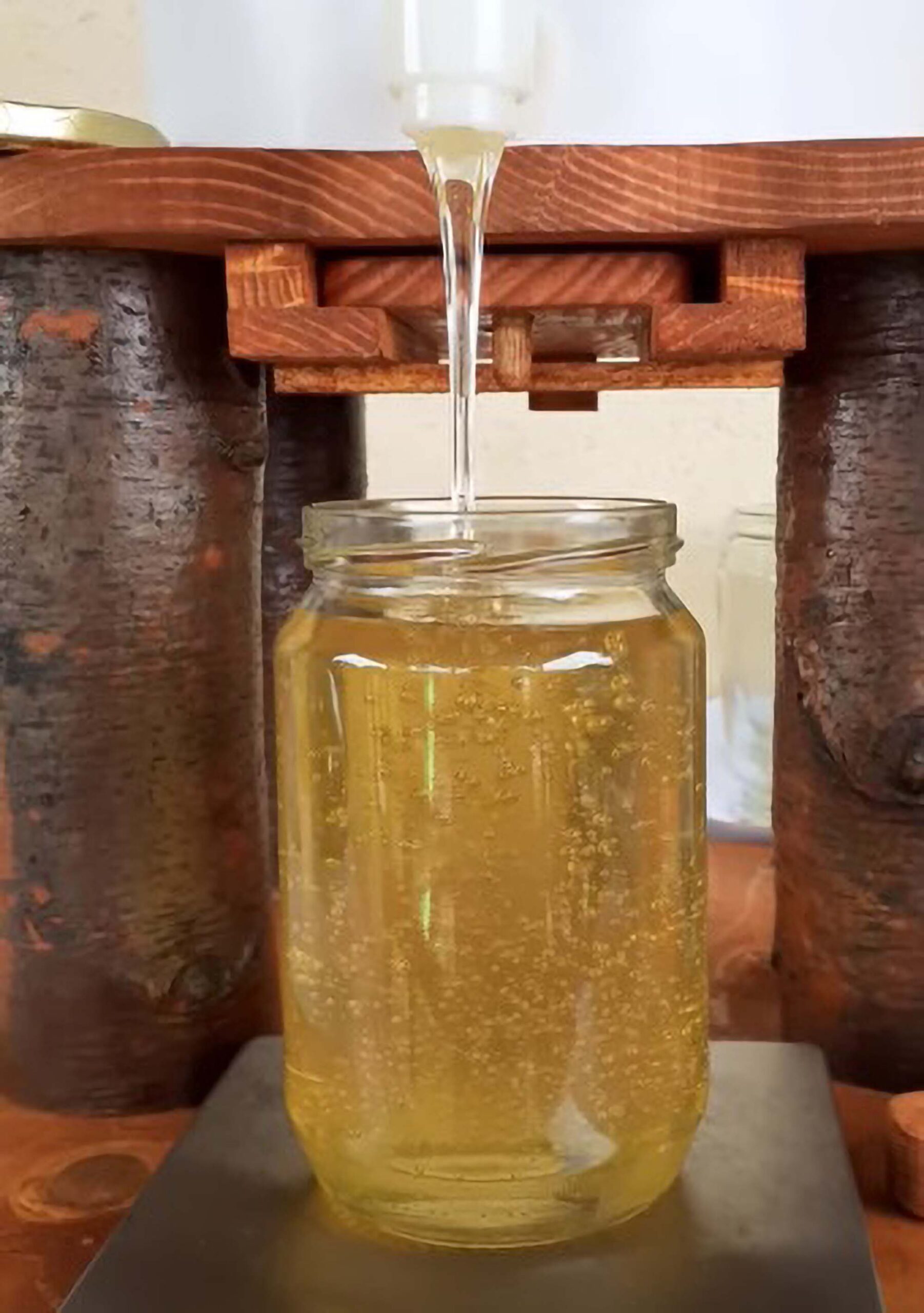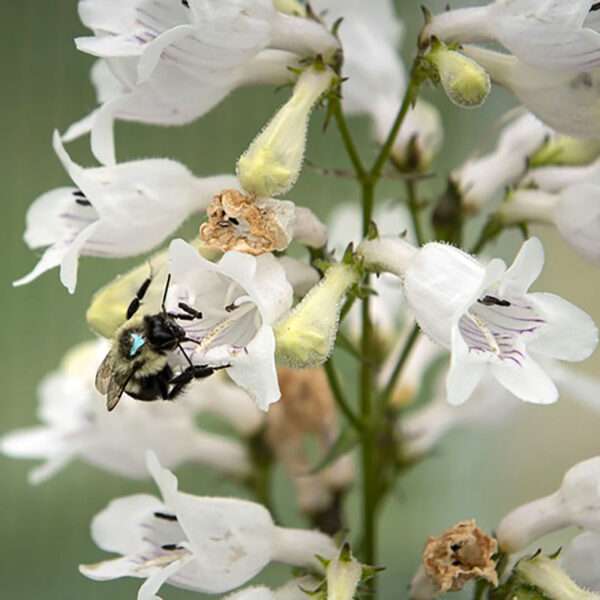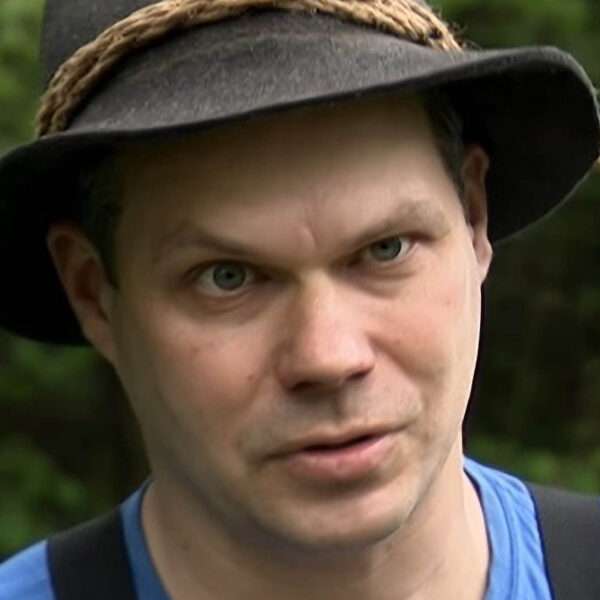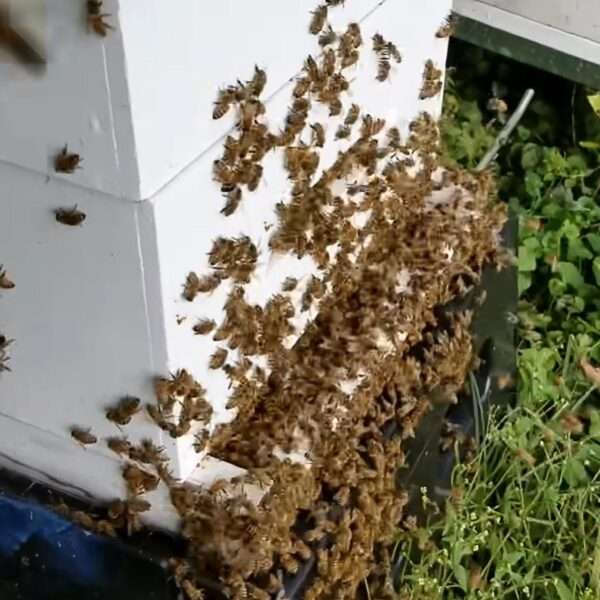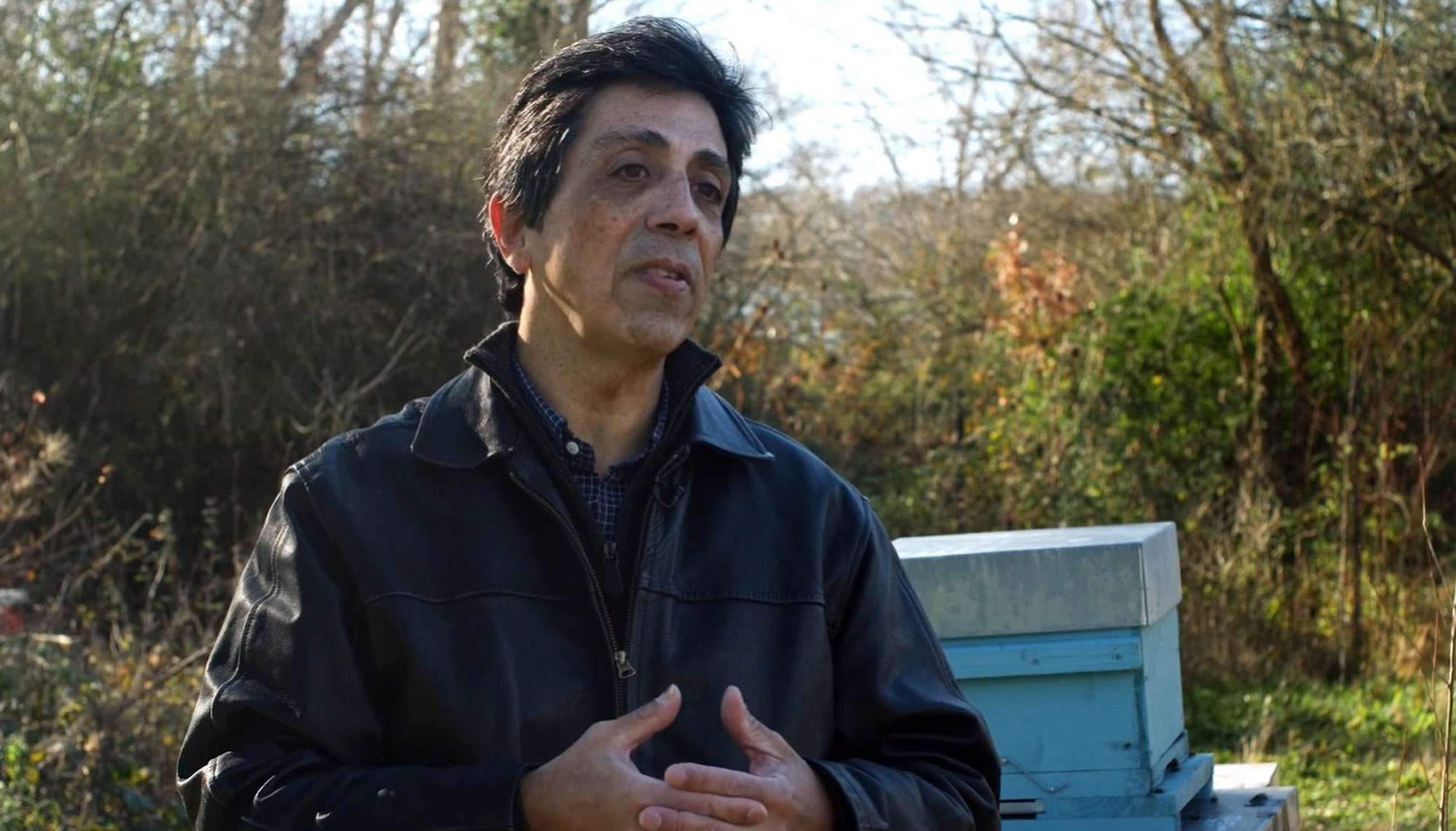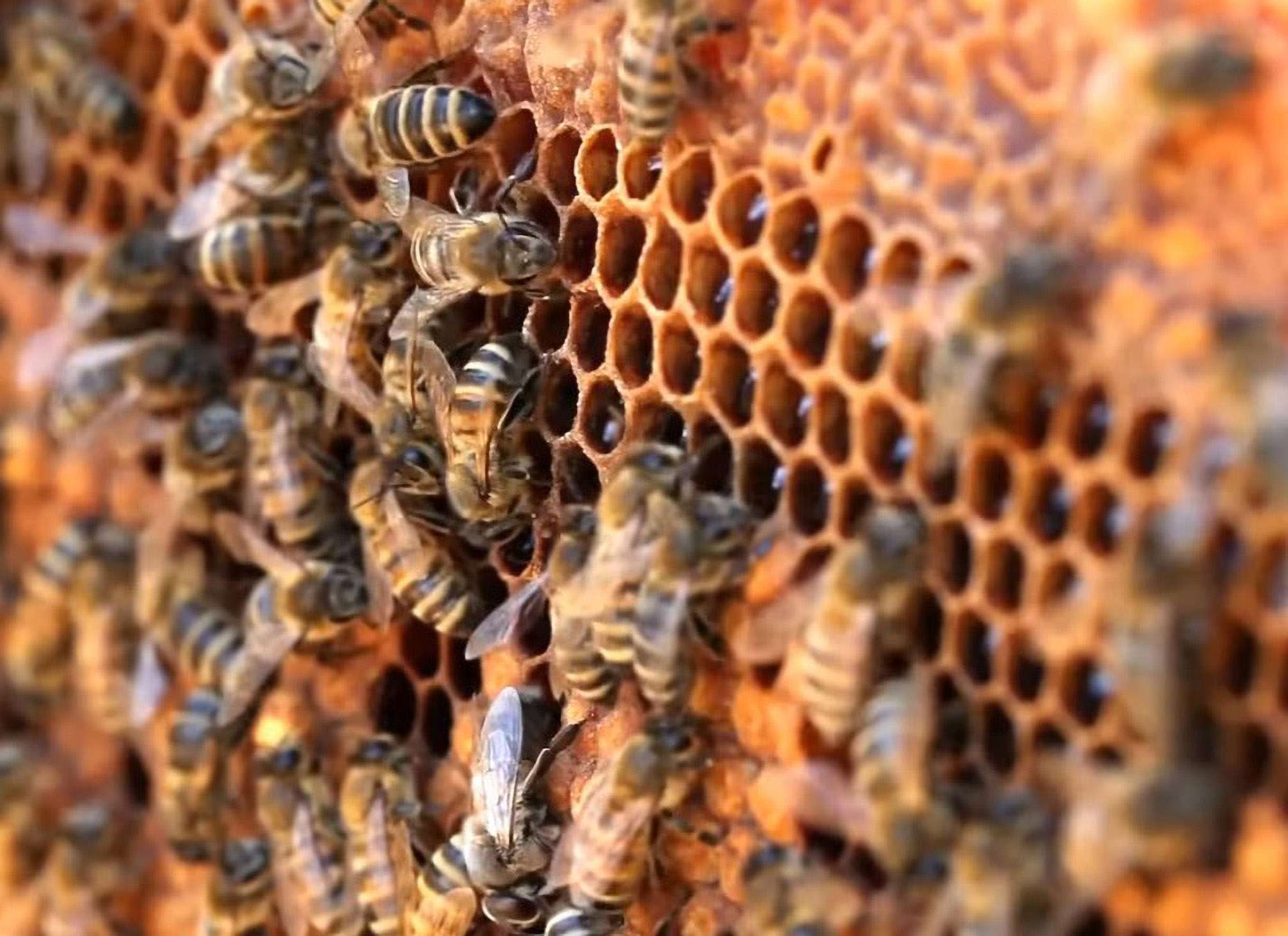A researcher who focuses on bees has explained why Styria is a region of great importance for scientists.
Karim Strohriegl from the University of Graz recently made headlines by photographing four Andrena pellucens bees, a type that has never before been registered in Austria.
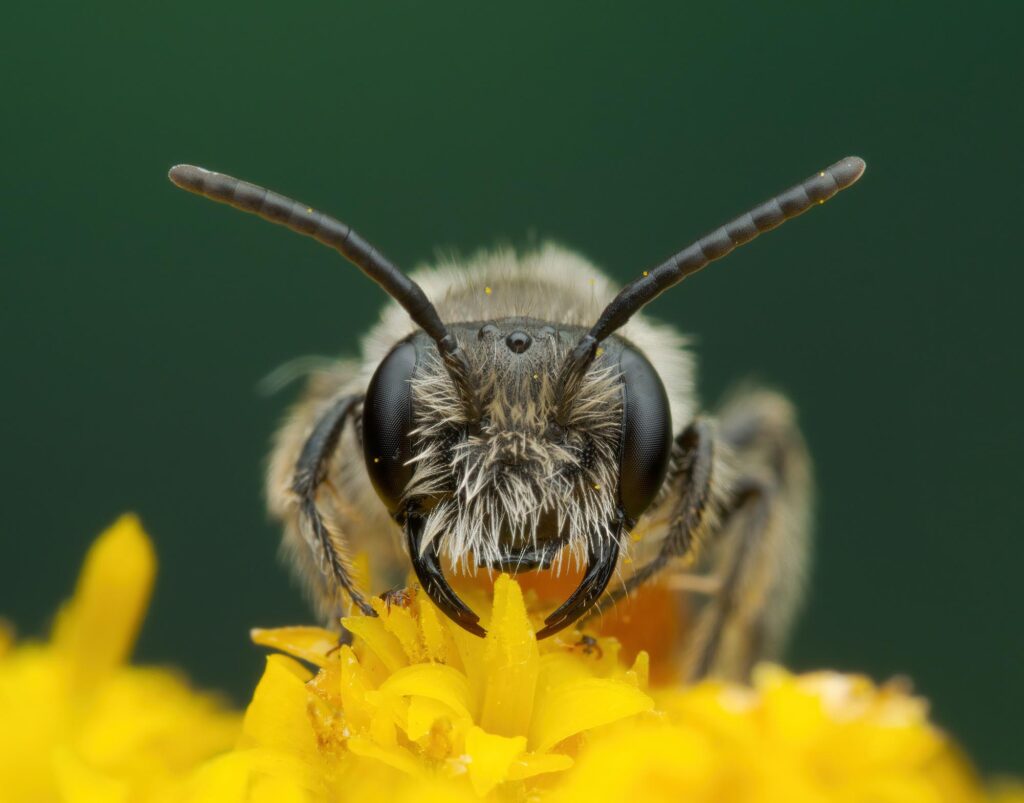
The discovery was made in the Green Belt, a reserve in southern Styria. Speaking to NewsX of which the Bee News community is a part, Karim outlined the significance of the area.
The expert on ecology and evolutionary biology said: “The past few years have shown that southern and southeastern Styria are particularly exciting.”
Karim emphasised: “Three wild bee species that have never been seen in Austria before were discovered there. Furthermore, numerous types of bees that had previously not been spotted in Styria were spotted.”
Karim spotted the four male Andrena pellucens bees in the small towns of Pridahof and Dietzen. Biodiversity experts at the Austrian Wild Bee Council praised the discovery as “the most significant wild bee discovery of the year.”
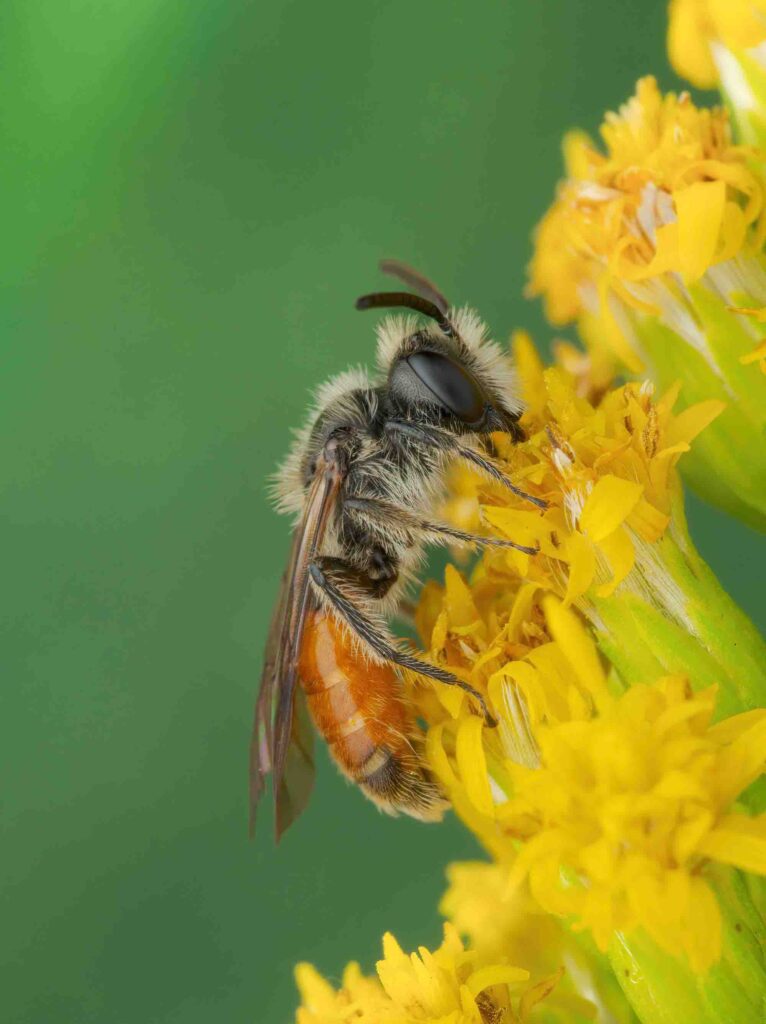
Experts assume that the rare pollinators, which were first examined by late French zoologist Jean Pérez in 1895, migrated to Austria via Slovenia.
Reflected on his achievement, Karim told NewsX: “The wild bees were discovered during a research project organised by the Naturschutzbund Styria.”
The estates where Karim took pictures of the bees are owned by the Naturschutzbund Styria, a non-government organisation which focuses on the conservation of endangered species.
Karim explained: “The Naturschutzbund possesses more than 700 biotopes all over Styria. There is little information on wild bee populations in these areas. This is why we aimed to ascertain their number on 12 estates. Further research initiatives are planned for 2024.”
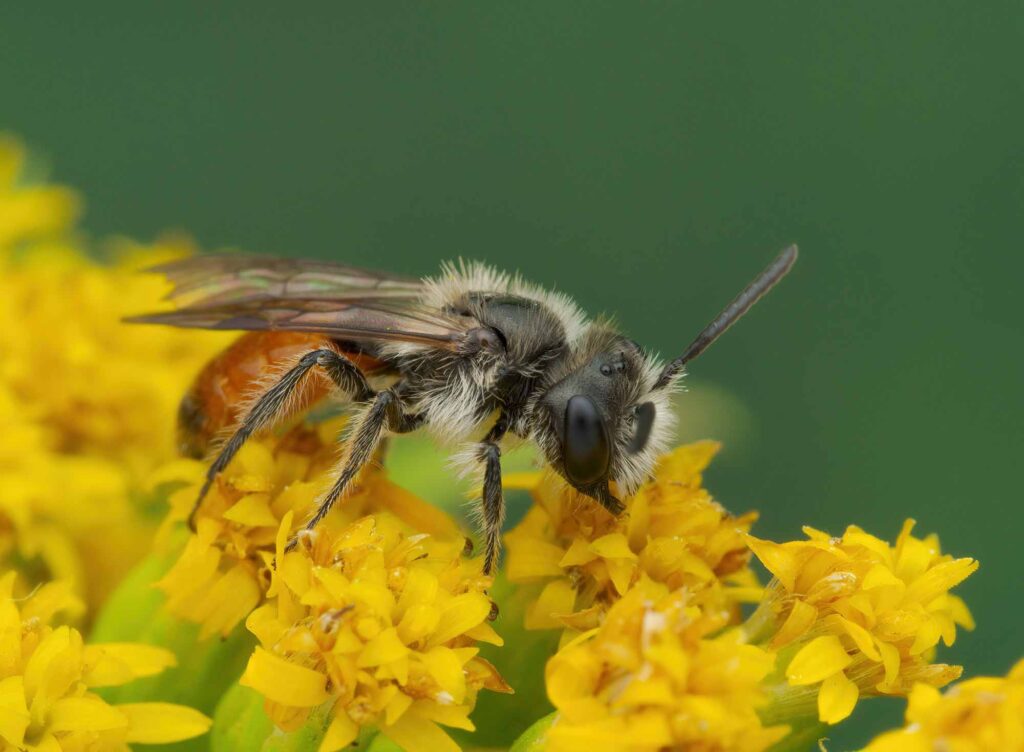
Solitary bees do not produce honey but pollinate flowers and plants. They dig their nests in the soil and deadwood. There are more than 700 different bee species in Austria.



